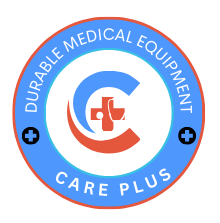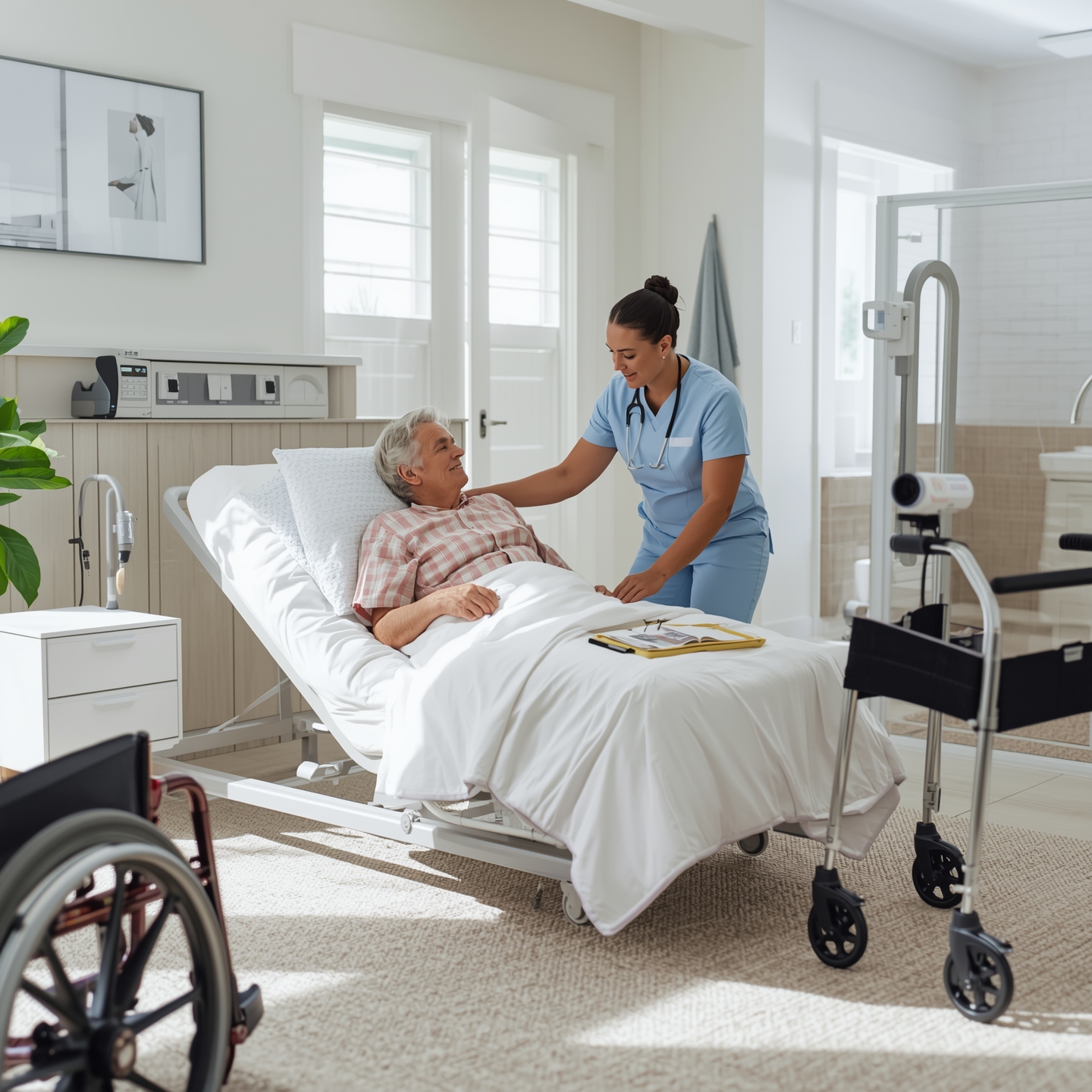Top 10 Durable Medical Equipment Products Every Home Needs in 2025
Essential DME Products for 2025
Why Durable Medical Equipment 2025 Matters for Every Home
Why Durable Medical Equipment 2025 Matters for Every HomeDurable medical equipment 2025 is at the heart of modern home healthcare, helping patients stay safe, comfortable, and independent The rise of home-based healthcare means more people are looking for ways to create a safe, comfortable, and supportive living environment. Durable Medical Equipment (DME) plays a pivotal role in this shift, offering tools and technologies that enhance independence and improve quality of life. For families with elderly members, individuals with mobility issues, or those recovering at home, having the right equipment is not just a convenience—it’s a necessity.
This guide will walk you through the essential DME products every home should consider for 2025. We’ll explore why this equipment is so important, what to look for when making a selection, and highlight the top 10 products that can make a significant difference in daily living. Our goal is to provide a comprehensive resource to help you make informed decisions, ensuring comfort, safety, and well-being for you and your loved ones.
Why Every Home Should Consider DME
Durable medical equipment can transform a home into a more functional and safer space for individuals with health challenges. The primary benefits include:
- Enhanced Safety: Products like bathroom grab bars and patient lifts significantly reduce the risk of falls and injuries for both patients and caregivers.
- Greater Independence: Wheelchairs, walkers, and other mobility aids empower individuals to move around more freely, fostering a sense of autonomy.
- Improved Comfort and Health: Adjustable beds and support surfaces can alleviate pain, improve circulation, and prevent pressure sores, while devices like oxygen concentrators and CPAP machines manage chronic conditions effectively.
- Peace of Mind: Home monitoring systems provide reassurance to families and caregivers by tracking vital signs and sending alerts when needed. As home healthcare provider Mark Johnson notes, “Choosing the right DME can significantly enhance independence and reduce the burden on caregivers.”
How to Select the Right DME
Navigating the world of DME can be overwhelming. To make the best choice, consider the following criteria:
- Consult a Professional: Always start by talking to a healthcare provider. They can assess specific needs and recommend the most suitable equipment. An occupational therapist, like David Brown, advises, “Prioritizing comfort, safety, and ease of use is key when selecting DME for home use.”
- Check for Quality and Durability: Look for products that are well-made and meet safety standards, such as those regulated by the FDA.
- Consider User-Friendliness: The equipment should be easy to use for both the individual and any caregivers.
- Review Insurance Coverage: Understand what your insurance, including Medicare Part B, covers. Many types of durable medical equipment (DME) are considered medically necessary and may be covered.
- Read Reviews: Look at feedback from other users to get a sense of a product’s real-world performance.
Top 10 DME Products for 2025
Here are the top durable medical equipment products that can make a significant impact on home healthcare.
1. Adjustable Beds
Adjustable beds, often called hospital beds, allow for customized positioning to improve comfort, support, and circulation. They can alleviate pressure points and make it easier to get in and out of bed. These beds are essential for individuals with chronic pain, respiratory issues, or mobility challenges.
2. Wheelchairs
Wheelchairs provide mobility and independence. They come in two main types:
- Manual Wheelchairs: Lighter and more portable, ideal for users who have upper body strength or a caregiver to assist.
- Electric Wheelchairs: Offer effortless mobility with joystick controls, perfect for individuals with limited strength or those who travel longer distances.
3. Walkers and Rollators
These devices offer stability for individuals who can walk but need extra support.
- Standard Walkers: Provide maximum stability but require the user to lift the device with each step.
- Rollators: Have wheels, a seat, and brakes, allowing for a more fluid walking pattern and a place to rest. They are better for those who need support but have good balance.
4. Bathroom Safety Equipment
The bathroom is a high-risk area for falls. Essential equipment includes:
- Grab Bars: Provide stable handholds near the toilet and in the shower.
- Shower Chairs: Allow individuals to sit while bathing, reducing the risk of slipping.
- Raised Toilet Seats: Make it easier to sit down on and stand up from the toilet.
5. Oxygen Concentrators
For individuals with respiratory conditions like COPD, oxygen concentrators are life-sustaining. They pull oxygen from the surrounding air, concentrate it, and deliver it to the user. Portable models offer freedom to leave the house, while stationary units are designed for home use.
6. CPAP Machines
Continuous Positive Airway Pressure (CPAP) machines are the gold standard for treating obstructive sleep apnea. By delivering a steady stream of air through a mask, they keep airways open during sleep, improving sleep quality and reducing health risks associated with apnea.
7. Patient Lifts
Patient lifts are crucial for safely transferring individuals with significant mobility limitations from a bed to a chair or wheelchair. They protect both the patient and the caregiver from injury, making daily transfers much more manageable.
8. Home Monitoring Systems
Modern home monitoring systems are becoming increasingly sophisticated. They can track vital signs, monitor medication schedules, and detect falls, sending real-time alerts to caregivers or emergency services. “Telehealth-integrated DME offers a new frontier in personalized patient care and remote monitoring,” says healthcare technology analyst Emily White.
9. Support Surfaces
These are specialized mattresses, cushions, and overlays designed to prevent pressure sores (bedsores) for individuals who spend long periods in bed or a wheelchair. They work by redistributing pressure across the body.
10. Blood Pressure Monitors
Regularly monitoring blood pressure is vital for managing hypertension and other cardiovascular conditions. Automated, easy-to-use home monitors allow individuals and their caregivers to track readings and share them with healthcare providers, enabling better disease management.
Navigating Your Purchase
Once you’ve identified the necessary DME, the next step is acquisition.
- Get a Prescription: For many items, especially those for which you seek insurance coverage, you’ll need a prescription from your doctor.
- Find a Reputable Supplier: Look for accredited DME suppliers. Your doctor or insurance company can often provide a list.
- Understand Costs: Inquire about what Medicare Part B covers medically. For items not covered, ask about payment plans or rental options. There may also be grants or financial assistance programs available through non-profits.
Prepare Your Home for the Future
Integrating DME into your home is a proactive step toward managing health needs effectively. By planning and selecting the right equipment, you can create a safer, more comfortable, and independent living environment. Dr. Jane Smith, a Geriatric Specialist, confirms, “DME is essential for improving the quality of life for individuals with mobility issues or chronic conditions.”
Start by assessing your home and consulting with healthcare professionals. Explore our selection of top-rated DME products and subscribe to our newsletter for more healthcare tips. Your journey to a better-equipped home begins today.
What has been your biggest challenge in selecting DME? Share your experience in the comments below!
Disclaimer: This blog post is for informational purposes only and does not constitute medical advice. Consult with a healthcare professional before making any decisions about durable medical equipment. Regulations and coverage for DME may vary by location and insurance provider. Always follow manufacturer instructions when using DME products.




